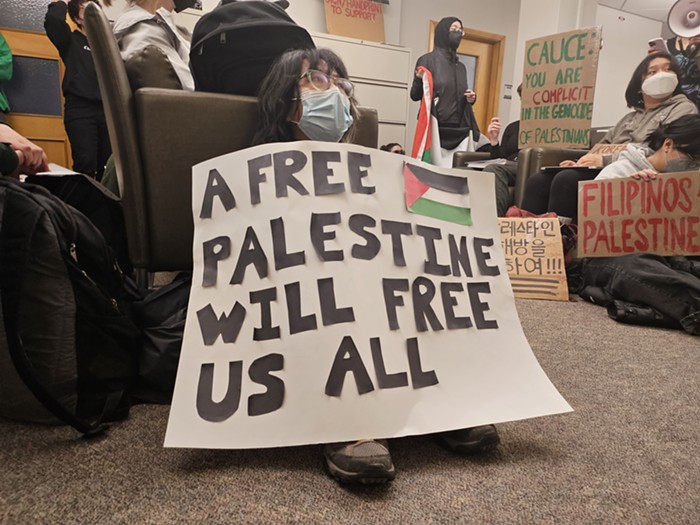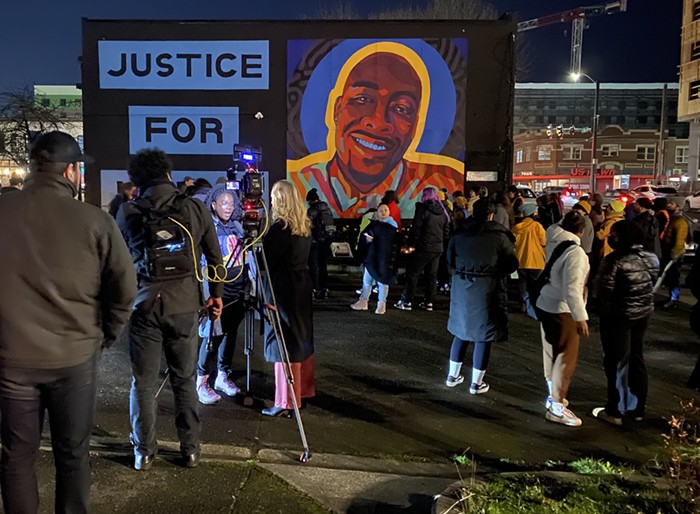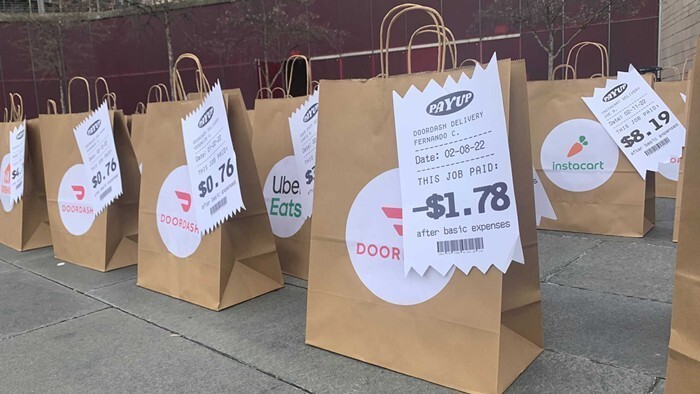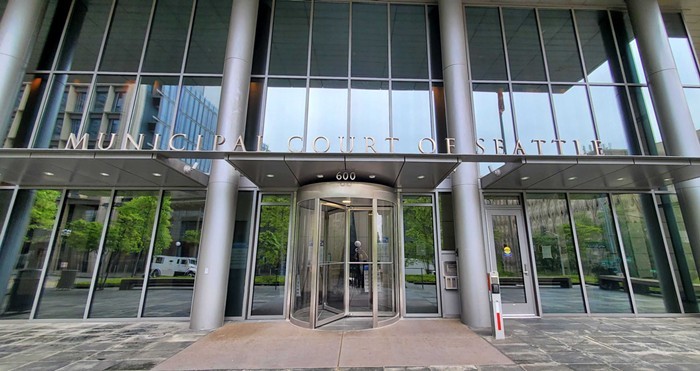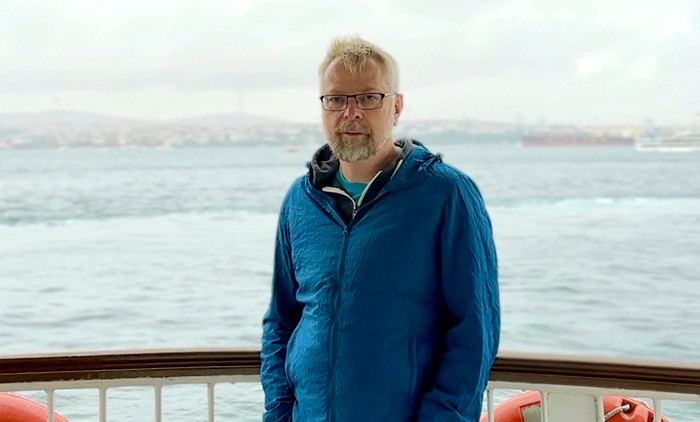
Three minutes into the mayor's Earth Day press conference, I noticed an acrid taste in the back of my mouth. The mayor, flanked by city officials, South Park residents, and local activists, had convened the meeting on the banks of the Duwamish River in South Park's Duwamish Waterway Park.
Saws from a manufacturer whirred nearby. My head began to swim.
"For families along the Duwamish Waterway, environmentalism isn't just an abstract concept, and it isn't just something cool to be part of," Mayor Ed Murray said over the sound of planes roaring directly overhead. "It's a necessity. And this isn't the only community that's negatively impacted, and it's not the only community in the city of Seattle where environmental justice must be an issue."
The Duwamish is the city's only river. It's also the only area in the city so deeply, historically polluted that it's attracted a $342 million intervention from the federal government. Pollution from diesel trucks, the airport, and manufacturing has created some of the worst air quality levels in the city. (That's what I was tasting.) A confluence of social, economic, and environmental inequities means that people who live in neighborhoods nearby face a shorter lifespan—by as much as 13 years—than Seattle's richest neighborhoods up north.
These are not new tastes, smells, headaches, or facts to the environmental justice advocates who have been organizing on behalf of their neighborhoods over the last several decades. Paulina López, a South Park community organizer, comes to the Duwamish Waterway Park every single day with her three kids. She moved here because of the proximity to the river, but that was before she knew it was so polluted.
"All the time we are stuffed up," she told me. "You were here and you smelled the smells, so it was a good opportunity for you guys to witness. We live in a neighborhood of Seattle. We are not separated. We are not like Magnolia, Ballard, getting all the attention."
But Earth Day 2016 marked a departure from the low-profile kind of organizing activity that has always taken place among neighbors on local karaoke nights or in nonprofit conference rooms. This time, the mayor was backing the advocates' work—and using their approach to reframe the city's entire commitment to environmental issues.
At this time last year, Murray announced that he'd be forming the Equity & Environment Initiative, a new program to address some of the city's longest standing environmental injustices. While some areas of the city have seen consistent investments in green space, other neighborhoods have seen their surroundings consistently lose out when it comes to access to healthy air, food, and water. This is not a local phenomenon. In any American metropolis, it is all but guaranteed that the city's worst environmental harms will be clustered in low-income neighborhoods and communities of color.
For these reasons, the city's Equity & Environment initiative director, Sudha Nandagopal, spent a year linking up with Seattle environmental justice advocates who helped interview more than 800 people in the neighborhoods most affected by environmental inequities. At the end of that process, they developed an agenda, as well as several action items that the mayor announced earlier this morning. The agenda included broad (and fairly vague) concepts like "healthy environments for all," but the action items included some pretty significant steps forward.
The actions include:
• A new Duwamish Valley program, which will be hiring a full-time advisor, to "improve environmental and socio-economic conditions in partnership with the community"
• Providing low-cost bags of fresh fruits and vegetables to all families below 300 percent of the federal poverty level who are enrolled in the Seattle Preschool Program
• Adding a new section to the city's Youth Employment Initiative that hires youth to work specifically for environmental programs
• Making city internships available to part-time students and people enrolled in certificate programs, and specifically reaching out to students of color
• Establishing an Environmental Justice Steering Committee with the Department of Neighborhoods to oversee the city's environmental efforts
• Submitting a resolution to the City Council to adopt the Equity & Environment Initiative agenda as a way to reframe "priorities for all departments and core beliefs of Seattle's approach to sustainability and the environment"
Longtime organizers like López know that the mayor's action items and the new environmental justice steering committee won't provide immediate fixes to the complex environmental and social issues impacting her neighborhood. But López praises the city for stepping up to these challenges and focusing on solutions that come from the communities themselves.
"We're very proud of the mayor for creating this opportunity for people being impacted to come up with the best solutions and the best ideas," López said. "We know it's going to take some work and it's going to take some time, but at least we've brainstormed with the leaders to make sure it's going to happen."
